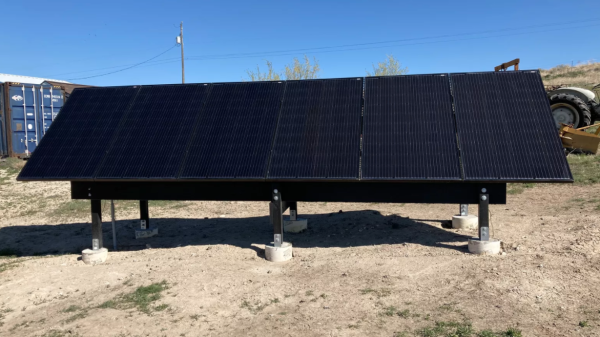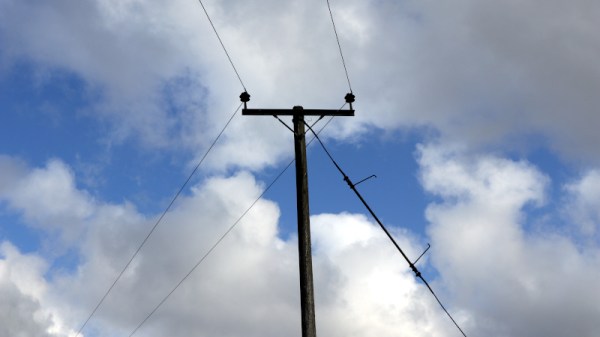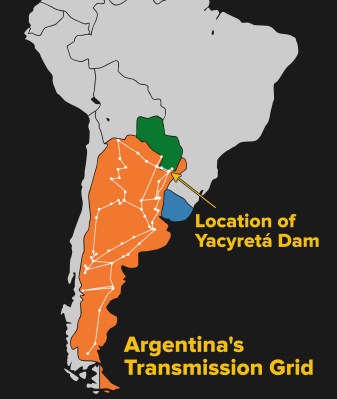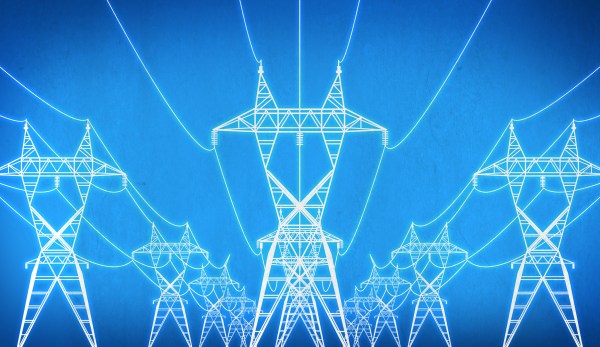[Russell Graves] lives in Idaho and recently connected his solar installation to the grid, which meant adhering to regulatory requirements for both the National Electric Code (NEC) as well as complying with the local power company’s own regulations. His blog post is an interesting look at the whole regulatory process and experience, and is of interest to anyone curious about running their own solar farm, whether they have plans to connect it to the grid or not.
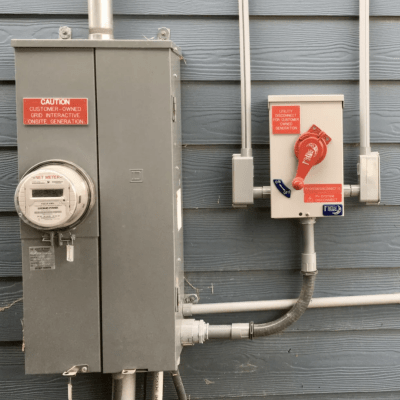
The power company has a very different set of priorities from the NEC, and part of [Russell]’s experience was in having to meet requirements that weren’t documented in the expected places, so study of the materials didn’t cut it. In particular, the power company needed the system to have disconnects with conductors that visually move out of position when disconnected. [Russell] was using NEC-compliant circuit breakers that met NEC code, but they didn’t meet the power company requirement for conductors that can be visually confirmed as being physically disconnected. Facing a deadline, [Russell] managed to finesse a compliant system that was approved, and everything got signed off just as winter hit.
How well does his solar farm work out? Sometimes the panels produce a lot of power, sometimes nearly nothing, but it has been up and running for all of winter and into spring. Over the winter, [Russell] pulled a total of 3.1 MWh from the grid, mainly because his home is heated with electric power. But once spring hit, he started pushing considerably more into the grid than he was pulling; on some days his setup produces around 95 kWh, of which about 70 kWh gets exported.
[Russell] didn’t go straight to setting up his own modest solar farm; we saw how he began by making his own ideal of a perfect off-grid office shed that ran on solar power, but it has certainly evolved since then and we’re delighted to see that he’s been documenting every bit of the journey.

